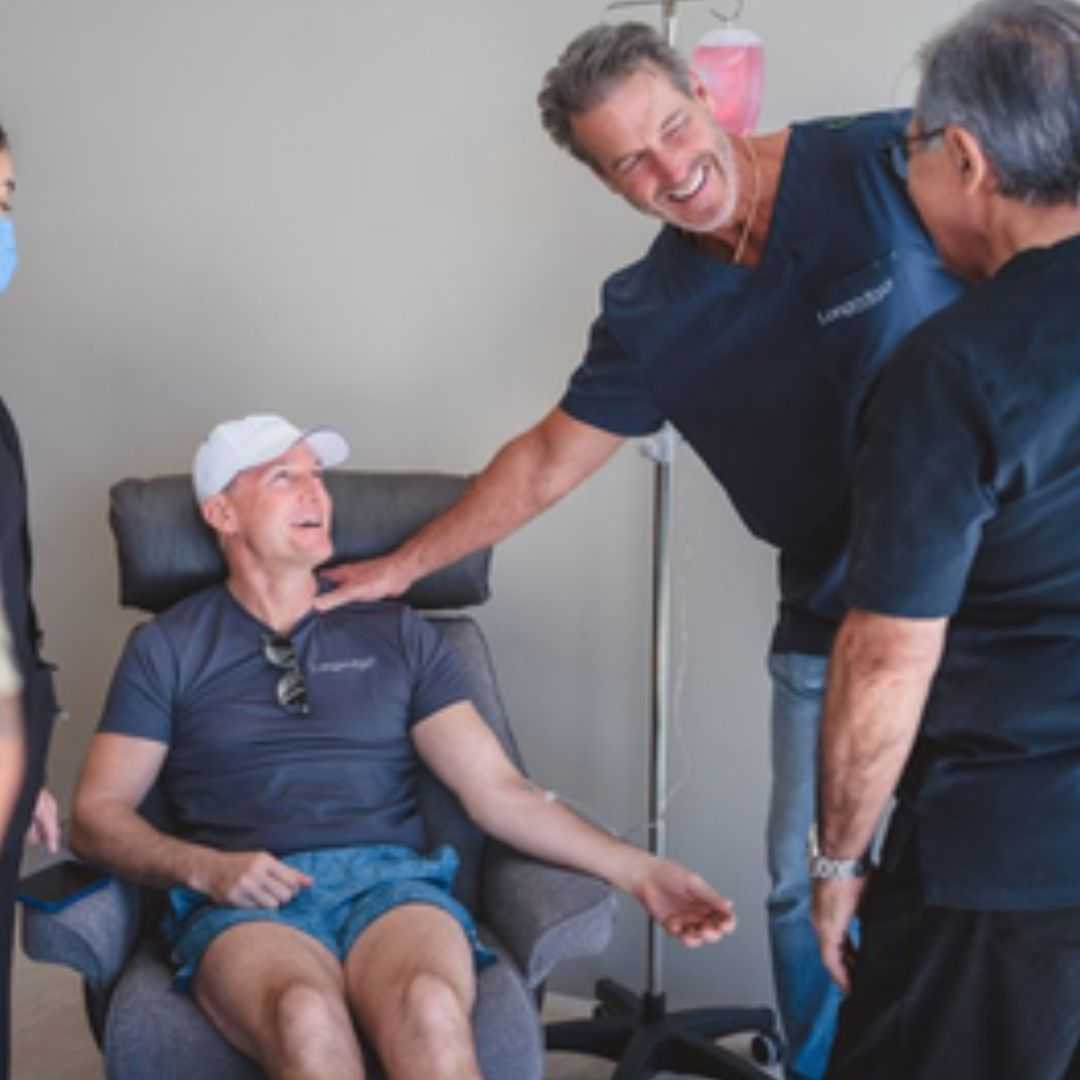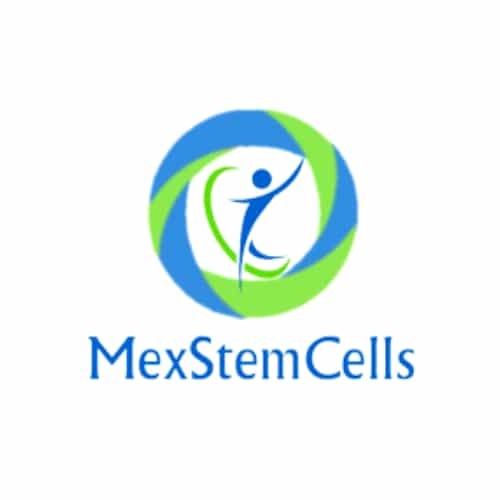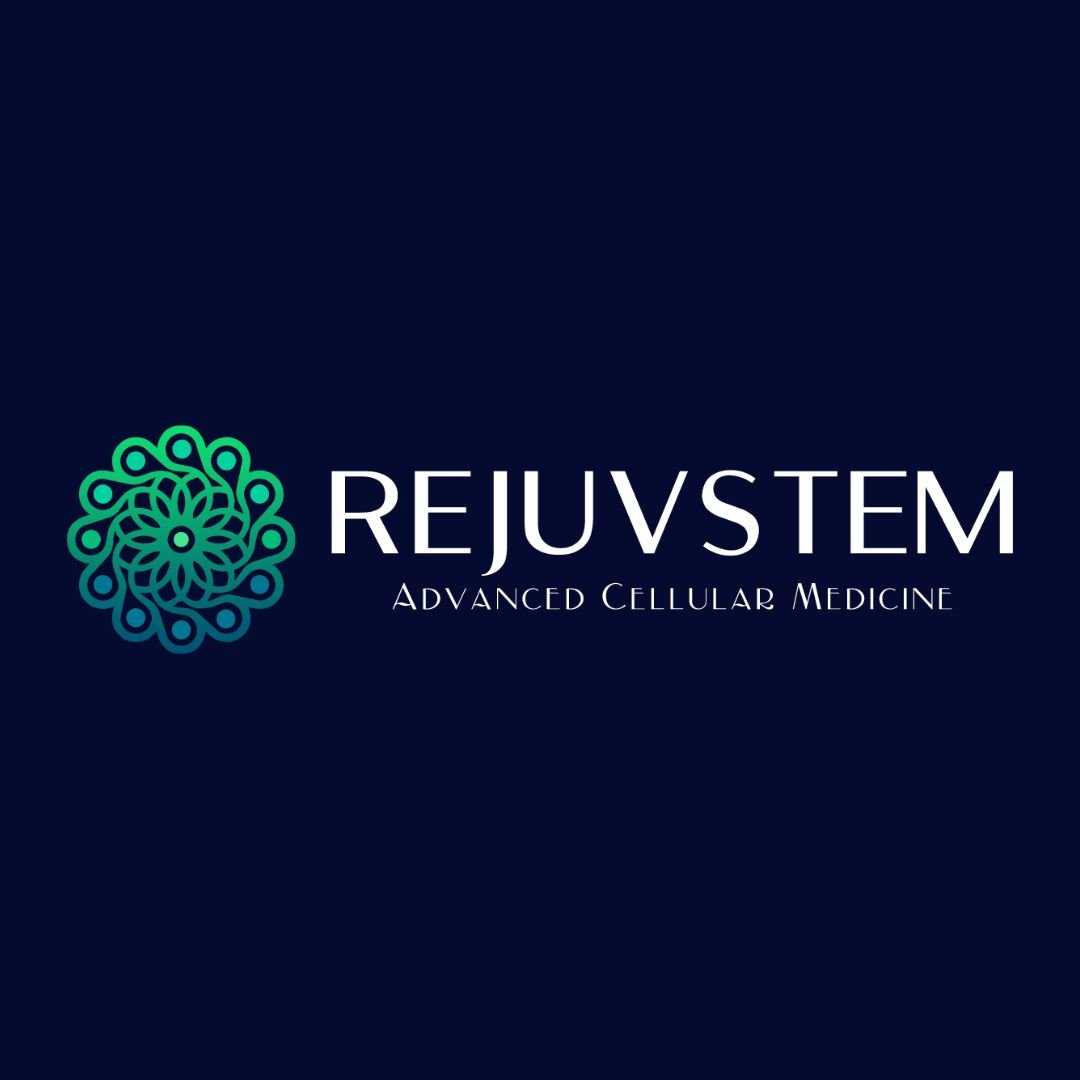Guide to Stem Cell Treatment for MND in Mexico
.jpg)
Motor Neuron Disease (MND), including its most common form, Amyotrophic Lateral Sclerosis (ALS), is a devastating neurodegenerative condition that progressively affects nerve cells in the brain and spinal cord. These nerve cells, called motor neurons, control voluntary muscle movement, leading to muscle weakness, atrophy, and eventually paralysis. The search for effective treatments is ongoing, and for many patients and their families, the hope for slowing or stopping the disease's progression is paramount. This has led many to explore innovative, often unproven, therapies abroad.
One such avenue that frequently garners attention is stem cell treatment, particularly in countries like Mexico, where regulatory frameworks may differ from those in the United States or Europe. The idea that stem cells, with their unique regenerative potential, could repair damaged motor neurons or create a more supportive environment for them is compelling. However, it's crucial to approach this topic with a clear understanding of the current scientific evidence, potential benefits, risks, and the regulatory landscape. This blog aims to provide detailed answers to common questions surrounding stem cell treatment in Mexico for MND (ALS), offering a balanced perspective for those considering this path.
Can stem cell treatment in Mexico truly slow the progression of MND (ALS)?
The efficacy of stem cell treatment for MND (ALS) in slowing disease progression remains a subject of ongoing research and significant debate. While many clinics in Mexico offer these treatments, the robust, peer-reviewed clinical trial data required to substantiate claims of slowing or reversing MND progression is largely absent. Patients often report subjective improvements in symptoms or quality of life, but these are difficult to quantify scientifically and may be influenced by the placebo effect or intensive supportive care provided alongside the stem cell therapy.
The complex nature of MND, which involves multiple cellular pathways and widespread neurodegeneration, makes it a challenging disease to treat with a single intervention. While stem cells hold promise due to their potential to modulate inflammation, secrete neurotrophic factors, and potentially differentiate into neural cells, the precise mechanisms for effectively treating MND in a clinical setting are still being uncovered. It is important to distinguish between promising laboratory research and established clinical treatments.
What types of stem cells are used for MND (ALS) treatment in Mexico?
Mesenchymal Stem Cells (MSCs) are the most commonly utilized type of stem cell in clinics offering treatments for neurological conditions, including MND (ALS). MSCs are multipotent stromal cells that can differentiate into a variety of cell types, but their primary appeal for neurodegenerative diseases lies in their ability to secrete growth factors, cytokines, and other bioactive molecules that can help reduce inflammation, protect existing motor neurons, and potentially promote tissue repair.
Sources for MSCs include:
- Umbilical Cord Tissue: Often preferred due to their youthful properties, high proliferative capacity, and low immunogenicity, meaning they are less likely to be rejected by the recipient's immune system.
- Adipose (Fat) Tissue: Easily accessible through liposuction, providing a relatively abundant source of MSCs.
- Bone Marrow: A traditional source, though harvesting can be more invasive and cell yield may decrease with age.
Some clinics might also mention using other cell types, but MSCs are prevalent due to their established safety profile in various experimental settings and their versatile therapeutic potential.
Is stem cell treatment for MND (ALS) in Mexico FDA-approved?
The U.S. FDA, like many other major regulatory agencies globally, maintains strict guidelines for the approval of new medical therapies, especially those involving live cells. For a treatment to be FDA-approved, it must undergo rigorous testing through multiple phases of clinical trials to demonstrate both safety and efficacy. This process can take many years and significant investment. To date, no stem cell therapy has received FDA approval specifically for the treatment of MND (ALS) in a commercial setting.
The stem cell clinics operating in Mexico often do so under different regulatory frameworks than those in the U.S. or Europe. While some countries have more permissive regulations regarding experimental therapies, this does not equate to international scientific consensus or regulatory approval from stringent bodies. Patients considering treatment outside of their home country should be aware that these treatments are generally considered investigational and are not part of standard medical practice for MND (ALS).
What are the potential risks and side effects of stem cell therapy for MND (ALS) in Mexico?
As with any medical procedure, stem cell therapy carries potential risks and side effects, especially when undertaken in unregulated or less stringently regulated environments.
Common risks include:
- Infection: Any injection or surgical procedure carries a risk of introducing bacteria or viruses, leading to local or systemic infections.
- Immune Response: While MSCs have low immunogenicity, there's always a possibility of an adverse immune reaction to the cells themselves or to other components in the preparation.
- Procedure-Related Risks: Risks associated with cell harvesting (e.g., bone marrow aspiration, liposuction) or cell administration (e.g., intrathecal injection into the spinal fluid) can include pain, bleeding, nerve damage, or complications from anesthesia.
- Unpredictable Cell Behavior: A rare but serious concern with unproven stem cell therapies is the potential for the administered cells to behave unpredictably, such as uncontrolled growth leading to tumor formation (teratomas or other growths), or migration to unintended areas.
Furthermore, the lack of standardized protocols in some clinics can increase these risks, as quality control, cell purity, and dosing may not be as rigorously monitored as in approved clinical trials.
How much does stem cell treatment for MND (ALS) cost in Mexico?
The cost of stem cell treatment for MND (ALS) in Mexico is a major factor for many patients. These treatments are rarely covered by health insurance, as they are considered experimental and unproven by most providers. The wide range in pricing can be attributed to several factors:
- Clinic Reputation and Facilities: More established clinics with modern facilities and English-speaking staff may charge more.
- Stem Cell Source and Processing: The type of stem cell (e.g., umbilical cord, adipose, bone marrow) and the sophistication of laboratory processing can influence costs.
- Number of Cells and Infusions: Higher cell counts or multiple rounds of infusions over several days will increase the total price.
- Administration Method: Intravenous (IV) infusions might be less expensive than more complex intrathecal (spinal) injections, which require specialized medical expertise.
- Inclusions: Some packages may include consultations, diagnostic tests, follow-up care, or even accommodation and transportation, while others might only cover the core treatment.
Patients should be cautious of clinics offering prices that seem either too good to be true or excessively high without clear justification. It's crucial to obtain a detailed breakdown of all costs involved before committing to any treatment.
What should I consider when choosing a clinic for stem cell treatment in Mexico for MND (ALS)?
Choosing a clinic for an experimental treatment like stem cell therapy for MND (ALS) requires careful due diligence. Here are critical factors to consider:
- Medical Credentials and Experience: Ensure the doctors and medical staff are licensed and have relevant experience in neurology and stem cell therapies. Ask about their training and professional affiliations.
- Transparency in Protocols: A reputable clinic should be transparent about the exact type of stem cells used, their source, processing methods, quality control measures, and the administration protocol. They should also provide a clear rationale for their chosen approach.
- Accreditation and Standards: While Mexican regulations differ, look for clinics that adhere to international standards or have local accreditations that demonstrate a commitment to quality and safety.
- Realistic Expectations: Be wary of clinics that promise a "cure" or guarantee significant improvement for MND (ALS). Ethical clinics will manage expectations and honestly discuss the experimental nature and potential outcomes.
- Patient Testimonials and Follow-up: While anecdotal, patient testimonials can offer insight. More importantly, inquire about the clinic's follow-up procedures and how they monitor patient outcomes post-treatment.
It is also advisable to discuss your plans with your local neurologist, who can offer medical advice and help evaluate the risks and benefits based on your specific condition.
How do medical tourism facilitators assist with stem cell treatment in Mexico for MND (ALS)?
Medical tourism facilitators play a crucial role for many patients considering international treatments like stem cell therapy in Mexico for MND (ALS). They act as intermediaries, streamlining the complex process of arranging medical care abroad.
Their services typically include:
- Clinic Vetting: Facilitators often have a network of partner clinics and can help identify reputable facilities that align with the patient's specific needs and budget. They may have performed their own due diligence on the clinics' medical staff and procedures.
- Treatment Coordination: They handle scheduling appointments, communicating with the clinic on behalf of the patient, and ensuring all necessary medical records are shared.
- Logistical Support: This often includes arranging flights, local transportation, and accommodation, which can be particularly helpful for patients with mobility challenges due to MND.
- Language and Cultural Support: For patients unfamiliar with the local language or customs, facilitators can provide translation services and guidance, making the experience less stressful.
- Information and Guidance: They can provide information about the treatment process, potential costs, and what to expect during the medical journey.
Using a reputable facilitator can reduce the administrative burden and provide a layer of reassurance, but patients should still conduct their own research and communicate directly with the chosen clinic.
What is the typical procedure for receiving stem cell treatment for MND (ALS) in Mexico?
While protocols can vary between clinics, a general outline for stem cell treatment for MND (ALS) in Mexico usually follows these steps:
- Initial Consultation and Medical Review: Patients typically send their medical records for an initial assessment. The clinic reviews the history to determine if the patient is a suitable candidate for their specific treatment.
- On-site Evaluation: Upon arrival, a thorough physical examination, neurological assessment, and additional diagnostic tests (e.g., blood work, imaging) are conducted to confirm the diagnosis and assess the patient's current health status.
- Stem Cell Preparation/Acquisition: If using autologous cells (from the patient's own body), a procedure like bone marrow aspiration or liposuction is performed. If using allogeneic cells (from a donor, like umbilical cord-derived MSCs), these are prepared from banked supplies.
- Stem Cell Administration: The prepared stem cells are then administered. Common routes include:
- Intravenous (IV) Infusion: Cells are injected directly into a vein, allowing systemic distribution.
- Intrathecal Injection: Cells are injected directly into the spinal fluid, aiming for more direct delivery to the central nervous system.
- Post-Treatment Monitoring and Care: Patients usually stay for several days for observation, receive supportive therapies, and are given instructions for post-treatment care and follow-up.
The total duration of a treatment visit can range from a few days to a week or more, depending on the specific protocol and the patient's needs.
Are there clinical trials for stem cell treatment for MND (ALS) currently underway?
The scientific community is actively engaged in researching stem cell therapies for MND (ALS) through rigorous clinical trials. These trials are essential for gathering the high-quality data needed to determine if these treatments are truly safe and effective.
These trials differ significantly from commercial treatments offered in clinics abroad:
- Regulation: Clinical trials are strictly regulated by governmental health authorities (like the FDA in the U.S.) and ethical review boards.
- Randomization and Blinding: Many trials involve randomizing participants to receive either the active treatment or a placebo, and often both patients and researchers are "blinded" to which treatment is received to minimize bias.
- Data Collection: Extensive data on safety, side effects, and disease progression are meticulously collected and analyzed.
- Funding: Trials are often funded by government agencies, academic institutions, or pharmaceutical companies, and participants generally do not pay for the experimental treatment itself.
Patients interested in pursuing stem cell therapy for MND (ALS) should first explore participation in legitimate clinical trials, as these represent the most responsible and scientifically sound path for evaluating new treatments. Information on active trials can be found on databases like ClinicalTrials.gov.
What is the current scientific consensus on stem cell therapy for MND (ALS)?
Major neurological organizations and leading experts in MND (ALS) largely agree that stem cell therapy, while an area of intense research, is not yet an established or proven treatment for the disease. The potential mechanisms by which stem cells could benefit MND patients are appealing, including neuroprotection, anti-inflammatory effects, and secretion of growth factors. However, translating these theoretical benefits into consistent, measurable clinical improvements in humans has proven challenging.
The scientific community emphasizes the critical need for well-designed, adequately powered, and ethically conducted clinical trials. Such trials are essential to:
- Confirm Safety: Thoroughly assess all potential short-term and long-term adverse effects.
- Demonstrate Efficacy: Provide objective evidence that the treatment slows disease progression, improves function, or prolongs survival.
- Determine Optimal Protocols: Identify the best type of stem cell, dose, route of administration, and timing for treatment.
Until such evidence is widely available and replicated, stem cell therapy for MND (ALS) remains an investigational treatment, and patients should approach commercial offerings with caution and skepticism.


.png)














Share this listing